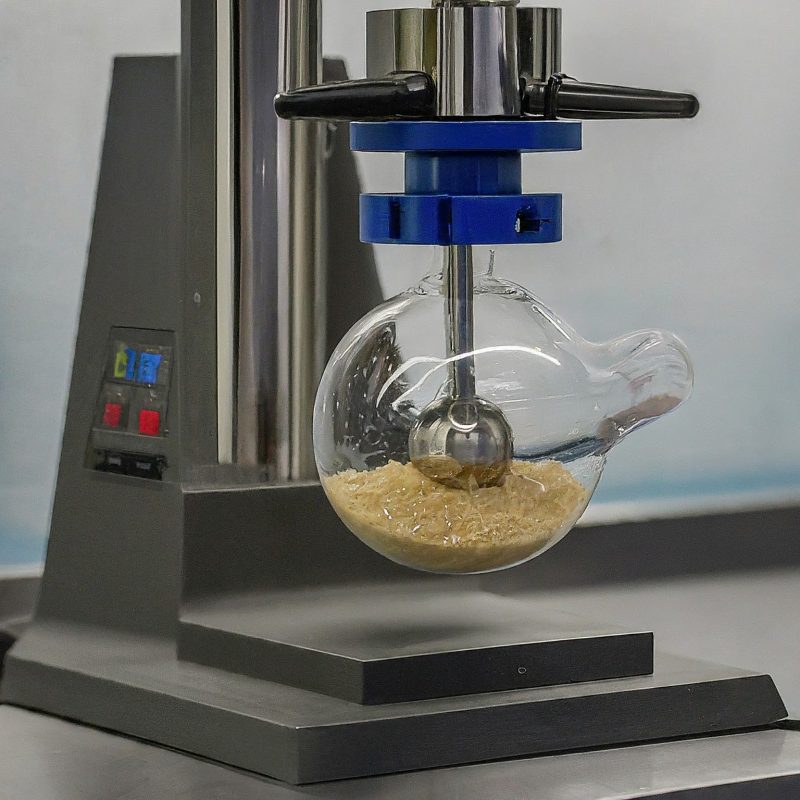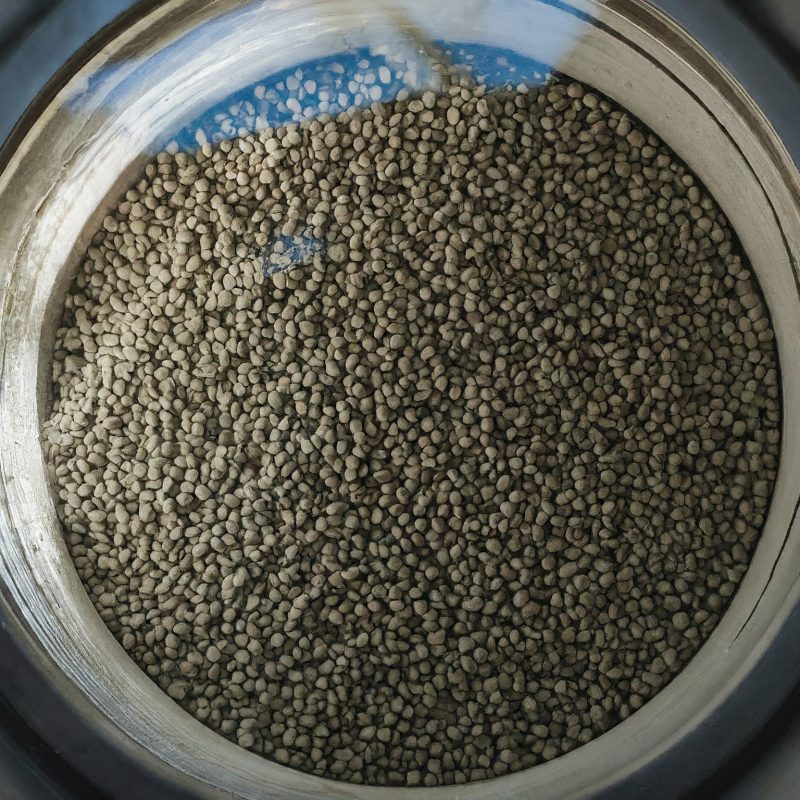Within the intricate realm of scientific inquiry, the ability to manipulate particle size plays a pivotal role. For this purpose, the laboratory ball mill emerges as a crucial tool, a miniaturized marvel dedicated to the art of size reduction. Drawing inspiration from the meticulous approach of Precision Machinery Design, this article delves into the working principle of laboratory ball mills, exploring their intricate mechanics, operational factors, and the interplay between precision and performance.

- The Quest for Granular Control: The Role of Laboratory Ball Mills
The ability to analyze the properties of materials often hinges on their particle size. Whether studying the composition of minerals, analyzing pharmaceutical formulations, or characterizing polymers, obtaining a representative sample in a finely divided form is paramount. Here’s where the laboratory ball mill steps in. These compact yet powerful machines utilize various size reduction mechanisms to transform coarse materials into fine powders with a controlled particle size distribution. This precise control allows for accurate analysis using a multitude of scientific techniques.
- A Symphony of Forces: Unveiling the Grinding Mechanisms
While various laboratory ball mill designs exist, they all share a core functionality – the reduction of particle size through the application of controlled forces. Here’s a breakdown of the fundamental principles governing the grinding process:
The Grinding Chamber: The heart of the laboratory ball mill is a cylindrical chamber, meticulously machined from robust materials like stainless steel or high-chrome cast iron. This chamber acts as the stage upon which the size reduction drama unfolds.
The Grinding Media: Playing a vital role are the grinding media, typically hardened steel or ceramic balls housed within the chamber. These balls serve as the instruments of size reduction, impacting and crushing the material as the chamber rotates. The size and material of the grinding media significantly influence the grinding efficiency and final particle size.
The Forceful Dance: The size reduction process is initiated by the rotation of the grinding chamber. This rotation can be driven by a belt drive system or a direct-drive motor, depending on the design. As the chamber rotates, the grinding media are propelled by centrifugal force, impacting and crushing the material to be ground. This collisional grinding action progressively reduces the particle size of the material.
- The Conductor’s Baton: Controlling the Grinding Process
Precision machinery design thrives on the ability to control variables and achieve optimal performance. Laboratory ball mills incorporate several key features that enable researchers to fine-tune the grinding process:
Rotational Speed Control: Variable speed drives allow for precise control of the chamber rotation speed. Higher speeds generate greater centrifugal force and result in faster grinding and finer particle sizes. However, excessive speed can lead to heat generation and potential material degradation. Selecting the optimal speed depends on the material properties and desired particle size.
Grinding Media Selection: The choice of grinding media plays a crucial role. Smaller grinding media generate finer powders, while larger media are better suited for coarse grinding. Additionally, the material of the grinding media can influence the final product. For example, ceramic media are preferred for contamination-free grinding of sensitive materials.
Feed Rate and Grinding Time: The rate at which material is introduced into the mill and the duration of the grinding process significantly impact the final particle size. A controlled feed rate ensures a consistent grinding environment, while longer grinding times result in finer particles. Optimizing these parameters requires experimentation and careful monitoring.- Beyond the Basics: Advanced Features for Enhanced Performance
Modern laboratory ball mills incorporate various features to enhance their performance, user experience, and safety:
Cooling Systems: Grinding can generate significant heat, particularly for prolonged grinding times. Some laboratory ball mills incorporate water-cooling jackets or integrated cooling systems to maintain optimal operating temperatures and prevent thermal degradation of the material.
Vacuum Operation: Certain models offer vacuum operation capabilities, allowing for the grinding of moisture-sensitive materials or materials requiring an inert atmosphere.
Safety Interlocks: Safety interlocks and emergency shut-off mechanisms are crucial features, ensuring safe operation and preventing accidents.
Data Acquisition Systems: Advanced models might integrate data acquisition systems that monitor parameters like chamber temperature, rotation speed, and grinding time. This real-time data can be invaluable for process optimization and ensuring reproducibility.- A Symphony of Applications: The Laboratory Ball Mill’s Role in Research
Laboratory ball mills play a vital role in diverse scientific disciplines:
Chemical Analysis: Grinding is often necessary for analyzing the chemical composition of solid materials using techniques like X-ray diffraction (XRD) or elemental analysis.
Pharmaceutical Development: Formulation development and quality control of pharmaceuticals rely on finely ground samples for analysis of active ingredients and excipients.